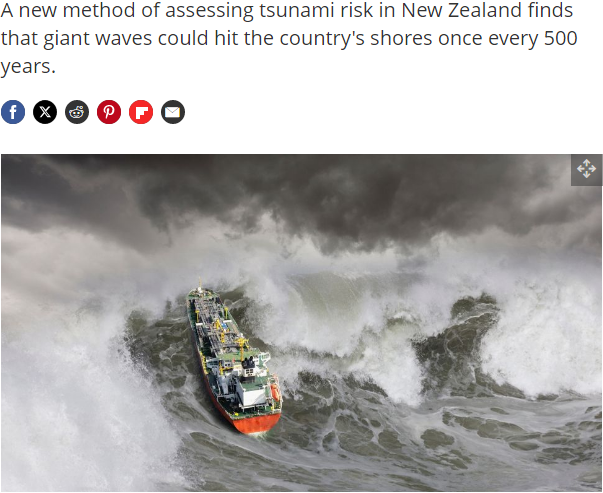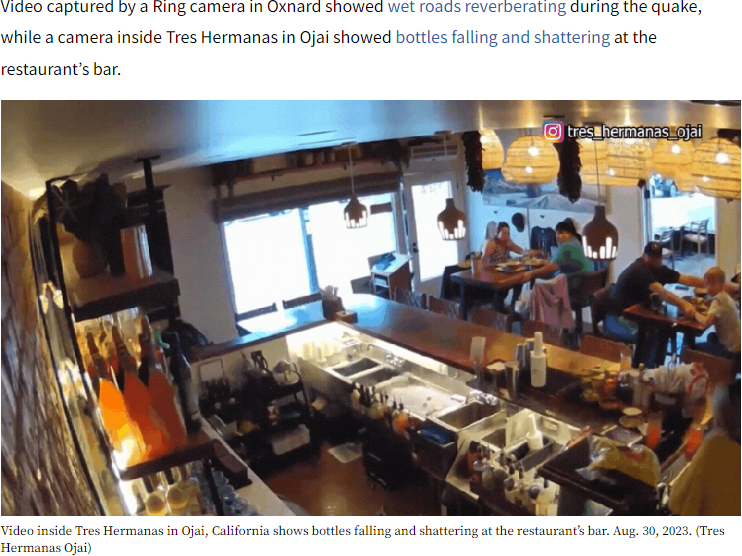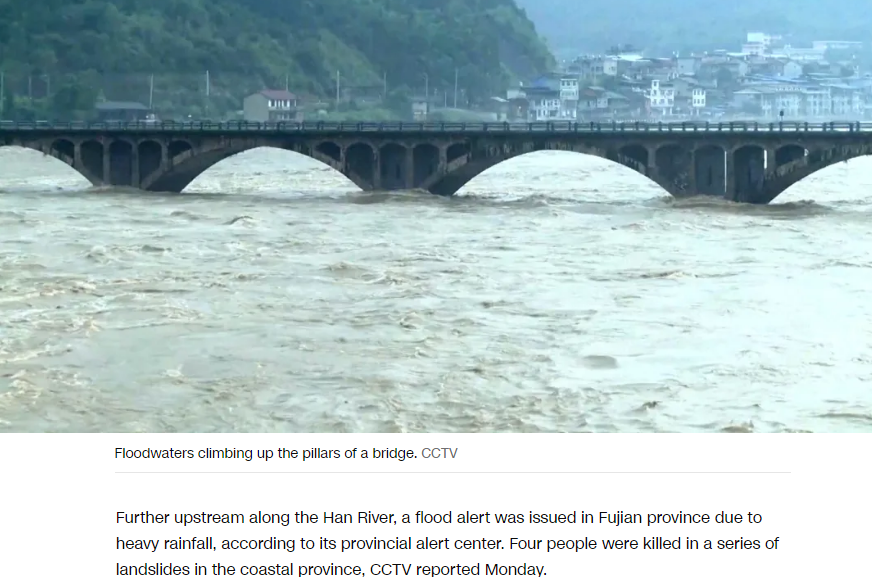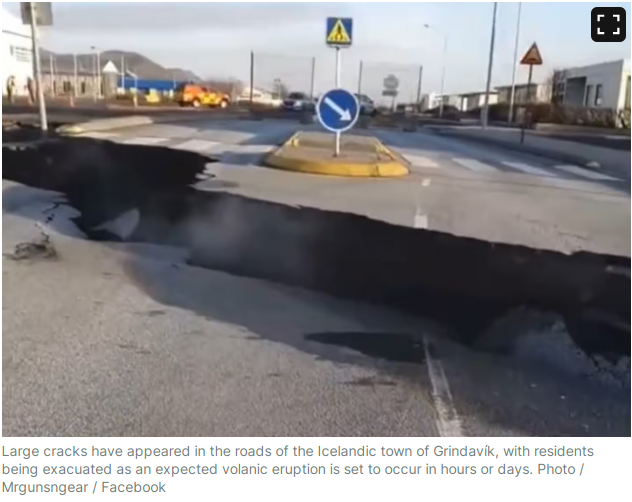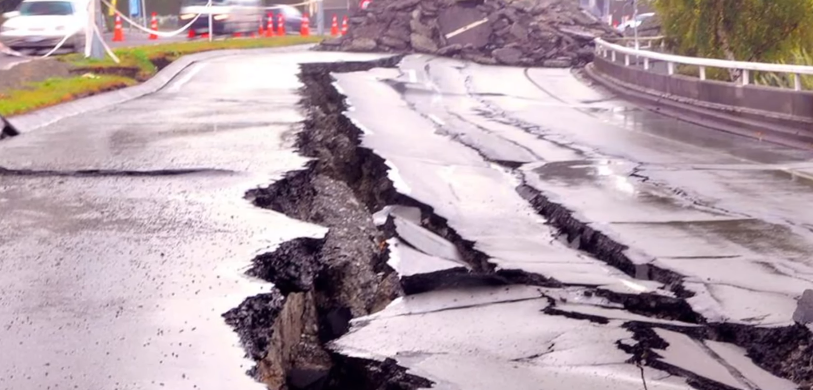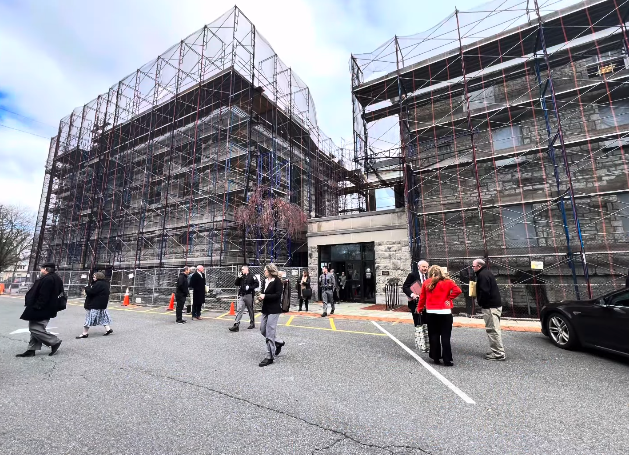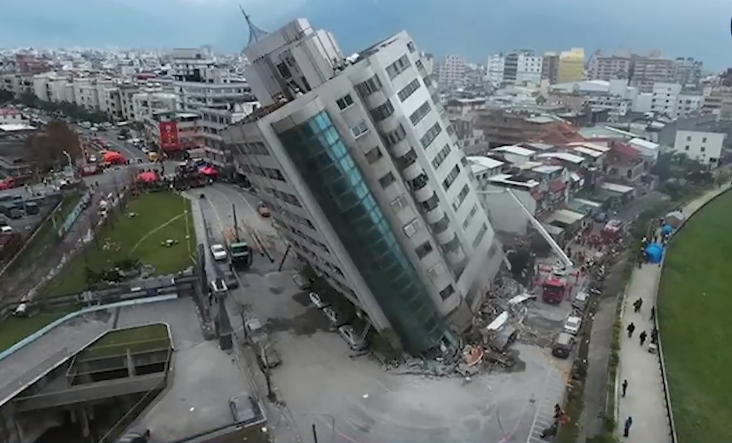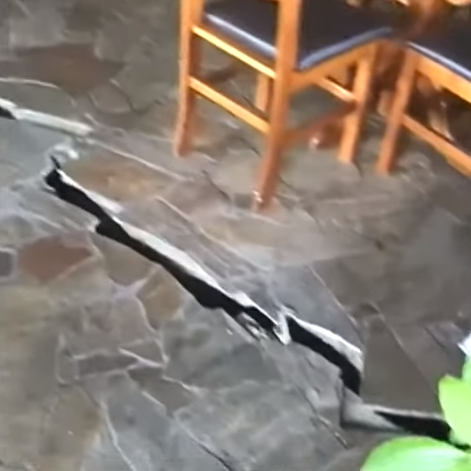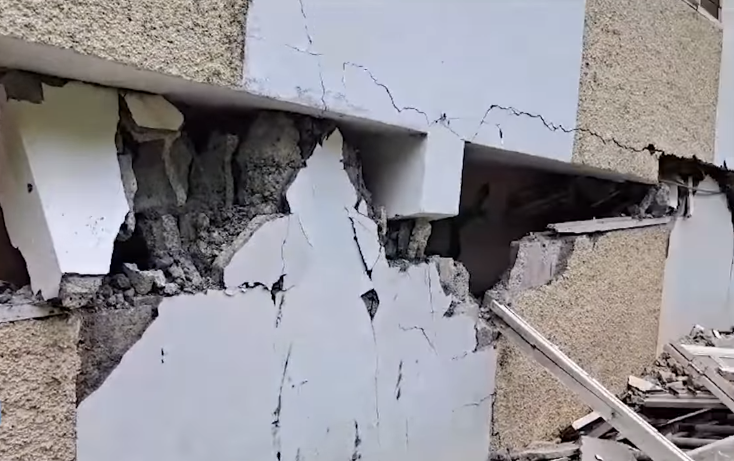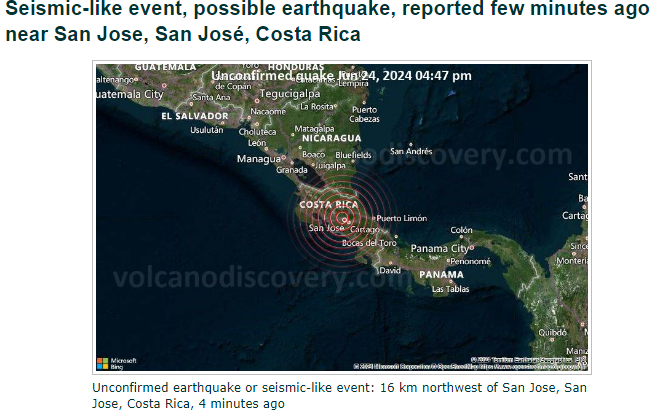Table of Contents
- Introduction
- The 2011 Tōhoku Earthquake and Tsunami
- Recent Tsunami Warnings in Japan
- Characteristics of Tsunamis
- Impact and Aftermath
- Preparations and Future Risks
- Conclusion
Introduction
Japan is one of the most earthquake-prone countries in the world, and tsunamis are a significant threat to its coastal regions. The country has experienced numerous devastating tsunamis, with the most notable being the 2011 Tōhoku earthquake and tsunami. This article will delve into the details of this catastrophic event, recent tsunami warnings, the unique characteristics of tsunamis, and the ongoing preparations to mitigate future risks.
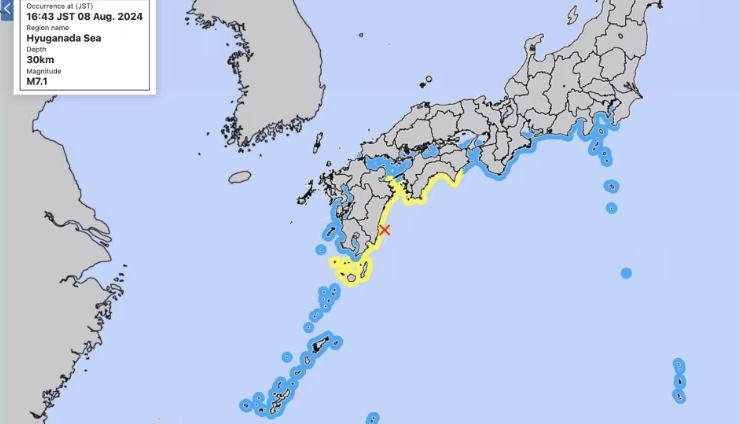
The 2011 Tōhoku Earthquake and Tsunami
On March 11, 2011, a 9.0-magnitude earthquake struck off the Pacific coast of Japan, triggering a massive tsunami that caused unprecedented destruction. The earthquake, known as the Great East Japan Earthquake, was the most powerful ever recorded in Japan and the fourth most powerful globally since modern seismography began in 1900.
Key Facts:
- Magnitude: 9.0–9.1
- Location: Pacific Ocean, 72 km east of the Oshika Peninsula
- Tsunami Height: Up to 40.5 meters (133 ft) in Miyako, Iwate Prefecture
- Impact: Over 19,759 deaths, 6,242 injured, and 2,553 people missing
- Nuclear Disaster: Fukushima Daiichi nuclear plant meltdown
The tsunami waves traveled at speeds of up to 700 km/h (435 mph) and reached as far as 10 km (6 mi) inland, engulfing entire towns and causing widespread destruction.
Recent Tsunami Warnings in Japan
On August 8, 2024, a 7.1-magnitude earthquake struck off the coast of southern Japan, prompting a tsunami advisory for the coastal areas of Kyushu and Shikoku. The Japan Meteorological Agency issued warnings for wave heights of up to one meter, affecting Miyazaki, Kochi, and other adjacent prefectures.
Key Facts:
- Magnitude: 7.1
- Location: Off the coast of Miyazaki Prefecture
- Tsunami Advisory: Wave heights up to one meter
- Impact: Minor injuries reported, no significant structural damage
The recent earthquake and subsequent tsunami advisory underscore the ongoing threat of tsunamis in Japan and the importance of preparedness measures.
Characteristics of Tsunamis
Tsunamis are unique ocean waves that can cause catastrophic damage due to their distinct characteristics:
- Wave Height: Tsunami waves can be as little as a few centimeters high in the open ocean but extend down to the ocean floor. As they approach the coast, the shallowing ocean floor slows them down and pushes the water mass upwards, increasing their height.
- Speed: Tsunamis can travel hundreds of miles per hour in the open ocean, making them rapid and unpredictable threats.
- Impact: The sudden shift from deep to shallow water can result in waves that are high enough to cause significant damage and loss of life.
Impact and Aftermath
The impact of tsunamis is not limited to the initial wave strike. The receding water can also cause severe damage, flooding rivers and destroying harbors. In the case of the 2011 Tōhoku earthquake and tsunami, the disaster led to a nuclear meltdown at the Fukushima Daiichi plant, causing long-term environmental and health issues.
Key Facts:
- Flooded Areas: Approximately 561 square kilometers (217 sq mi) inundated
- Structural Damage: Hundreds of roads, bridges, and over 100,000 buildings damaged
- Nuclear Disaster: Fukushima Daiichi plant meltdown
Preparations and Future Risks
Japan has strict building standards designed to withstand powerful earthquakes and tsunamis. The country records around 1,500 earthquakes annually, making it one of the most tectonically active regions globally.
Key Facts:
- Building Standards: Structures designed to withstand powerful earthquakes
- Evacuation Drills: Regular drills to prepare citizens for tsunamis
- Warning Systems: Advanced warning systems to alert residents of impending tsunamis
The recent megaquake warning issued by the Japan Meteorological Agency highlights the ongoing risk of significant earthquakes and tsunamis. Japan estimates a 70% to 80% probability of an earthquake of magnitude 8 or 9 occurring around the Nankai Trough in the next 30 years.

Conclusion
Japan’s experience with tsunamis, particularly the devastating 2011 Tōhoku earthquake and tsunami, underscores the importance of preparedness and advanced warning systems. The recent tsunami warnings in 2024 serve as a reminder of the ongoing threat and the need for continuous vigilance and preparedness measures to mitigate the impact of these natural disasters.
| Topic | Description |
|---|---|
| 2011 Tōhoku Earthquake and Tsunami | A 9.0-magnitude earthquake triggered a massive tsunami, causing widespread destruction and a nuclear meltdown. |
| Recent Tsunami Warnings | A 7.1-magnitude earthquake in August 2024 prompted a tsunami advisory for southern Japan. |
| Characteristics of Tsunamis | Tsunamis have unique features such as high speeds and wave heights that increase as they approach the coast. |
| Impact and Aftermath | Tsunamis cause significant damage and loss of life, with long-term environmental and health impacts. |
| Preparations and Future Risks | Japan has strict building standards and advanced warning systems but faces ongoing risks of major earthquakes and tsunamis. |
By understanding the causes, impacts, and preparations for tsunamis, Japan continues to evolve its strategies to protect its citizens and infrastructure from these powerful natural disasters.

